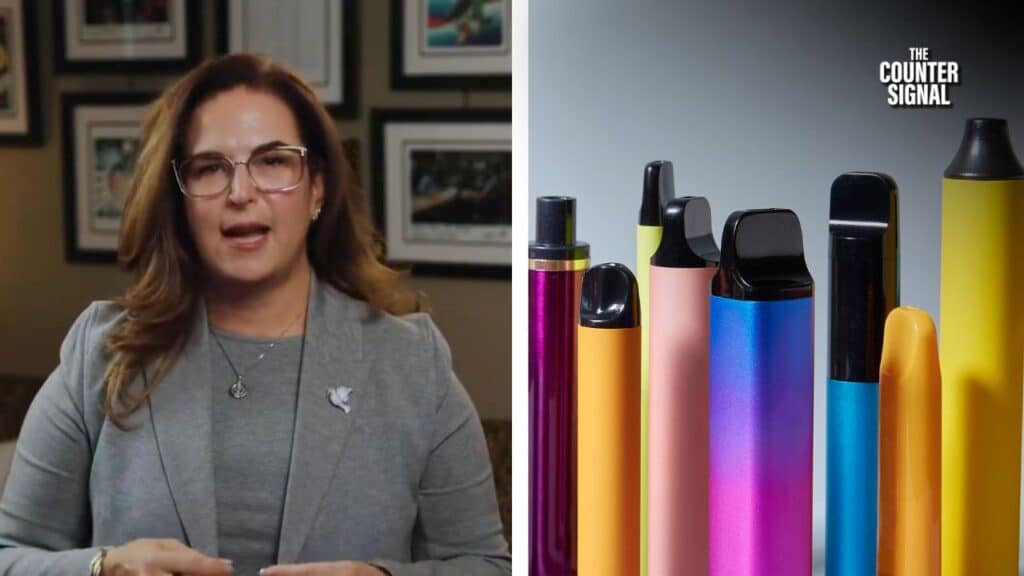Canada’s Minister of Mental Health and Addictions, Ya’ara Saks, is sticking with her plan for a national ban on vaping flavors.

On Saturday, the Minister spoke to CBC Journalist Marina von Stackelberg, where she reiterated her commitment to the ban, which Health Canada originally announced three years ago, in 2021.
“We have committed from the start to restrict flavors, we haven’t wavered from that,” Saks said.
The development comes under the guise of protecting children, after the federally-funded Canada Gazette reported in 2021 a “rapid increase” among Canadian youth who vape, and more generally, an “increased risk of nicotine dependence, with an increased risk of tobacco use.”
The ban would be the latest move the feds will have made to limit the access that Canadian smokers have to alternative products. Earlier this year, Health Minister Mark Holland defiantly booted smokeless tobacco products known as nicotine pouches out of convenience stores. Holland also said the move was meant to protect youth, though he didn’t provide data.
As for this latest proposed ban, several organizations have voiced concerns that it could backfire.
“It is like comparing getting punched in the nose versus getting shot by a bullet,” said lawyer Douglas Elliot of the advocacy group Rights4Vapers, while speaking to reporters in Ottawa this summer.
“Most of the adult vapours I have met are convinced that this is the best way to get off of smoking tobacco,” he said.
The President of the Canadian Vaping Association, Sam Tam, also said that the flavoured vape products are more appealing to adult smokers, making it easier for them to quit smoking.
But Saks says that most youth and young adults are vaping before they even smoke. A 2022 Canadian Tobacco and Nicotine Survey found that 30% of youth aged 15 to 19 and 48% of adults aged 20 to 24 reported having tried vaping in their lifetime, compared to just 10% and 27%, respectively, having ever tried smoking cigarettes.
This said, it’s notable that the feds treat Canada’s skyrocketing public drug-use problem by giving addicts access to “safe supply,” much of which is diverted, while simultaneously banning far-less harmful drugs like nicotine pouches and flavoured vape products.








